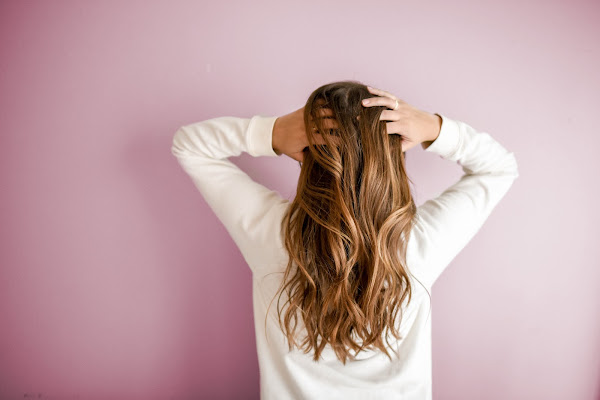Hair straightening is one of the common treatments discussed. Talking about hair straightening treatments, signs of heat damage to your hair are easy to notice. And if you find your hair becoming difficult to manage and not staying in style as it used to after several blow-drying sessions, it's likely due to heat damage.
So today, let's talk about how much hair treatment can affect your body and what some practical solutions for it are.
Read on!
How can hair straightening damage your hair and risk your overall
health?
● Allergic Reactions: Chemicals in hair straightening products can cause allergic responses like itching, redness, and rashes on the scalp or hairline. In severe cases, there might be swelling or irritation on other body parts in contact with the hair.
● Burns: Using straightening tools at high temperatures can lead to burns on the scalp, ears, or hands. These burns range in severity and could result in scarring or infection if not treated properly.
● Hair Shaft Damage: Frequent straightening weakens the hair shaft, making it breakable and prone to breakage. This can lead to thinning hair or a loss of natural hair texture over time.
● Eczema Trigger: Some straightening treatments can irritate the skin, potentially triggering eczema. This results in dry, flaky, and itchy patches on the scalp, which can be uncomfortable and difficult to manage.
What To Do When The Damage is Done?
When you visit a trichologist, they'll typically begin with thoroughly examining your hair and scalp. They might ask about your diet, lifestyle, hair care routine, and medical history to pinpoint the root cause of your hair issues.
It is important to consult a doctor because hair damage can sometimes be a symptom of underlying health issues. By addressing hair and scalp health with a trichologist, you're not only improving the appearance of your hair but also taking a step towards better overall health.
2.) Lawyer - As we all know, many people use several techniques for hair straightening to achieve smooth, sleek hair. This can be done in several ways, from using a flat iron at home for a temporary effect to undergoing chemical treatments at a salon for a longer-lasting result. However, it's important to know that certain methods, especially chemical hair straightening, can have potential risks.
Recently, there have been growing worries about the safety of some chemical hair straightening products. These concerns especially revolve around an increased risk of uterine cancer. Experts from Parker Waichman also point out that there are current lawsuits against various personal care companies. These lawsuits claim that their hair straightening and relaxing products contain harmful and cancer-causing chemicals.
So, if you find any such issues, it is always advised to seek a lawyer's support to exercise your right.
Tips for Personal Care to Prevent Damage
● Rinse your hair with cool water after showering to help seal the hair cuticle.
● Use a microfiber towel on your hair after washing. It speeds up drying and helps seal the cuticle, reducing blow dryer use.
● Apply a surface protectant spray before using hot styling tools. Look for sprays with silicone and keratin, which help seal the hair cuticle and resist heat damage.
● Sleep on a satin pillowcase to extend the life of your hairstyles, leading to less morning hassle, fewer shampoos, and healthier hair. Experts suggest limiting hot styling tools to once a week.







No comments
Thank you for dropping by! I would love to hear what you thought. :)
Thanks!
♥,
Diana